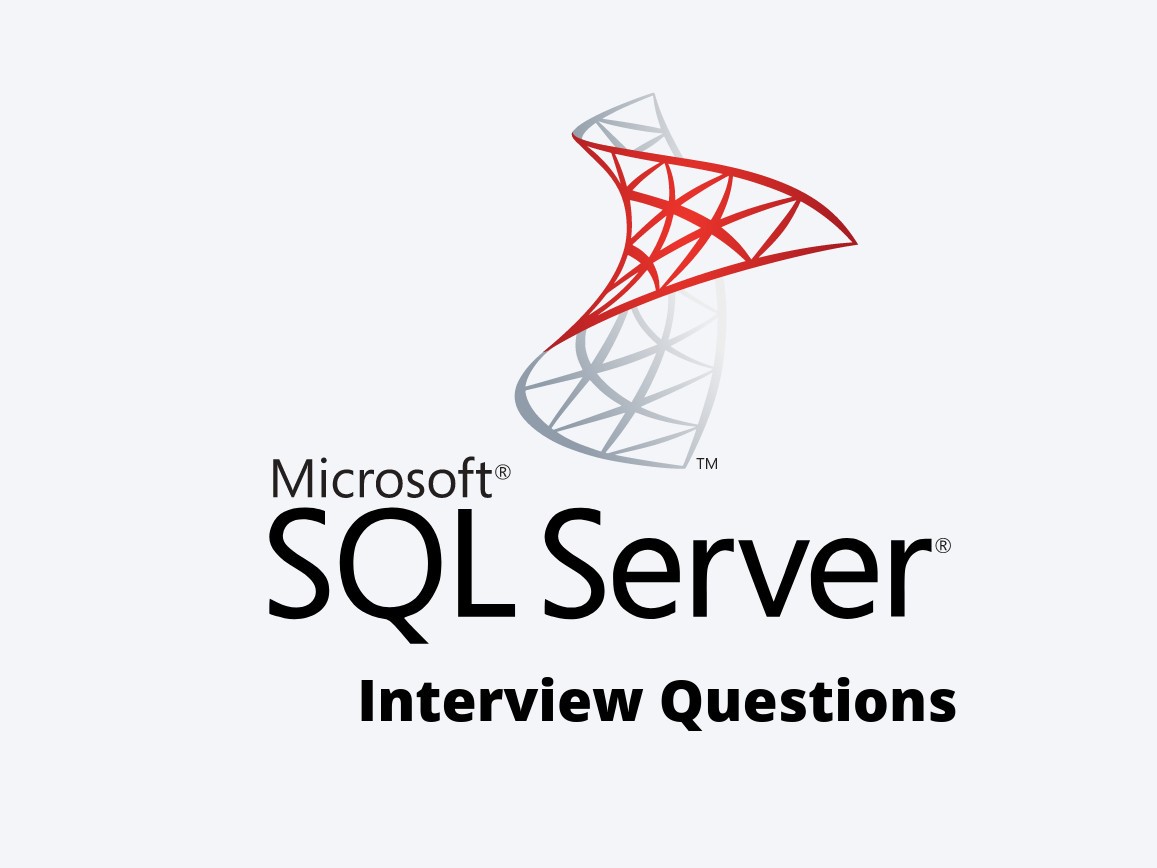There are a dozen of editions of Microsoft SQL server in the market, which targets different audiences and workloads of all interfaces ranging from the small single interface applications to large interface application with lots of concurrent users.
With lots of scope in the industry, the candidates aiming to cruise with the knowledge of MSSQL can get an extra pair of hands with these interview questions to crack the interview.

